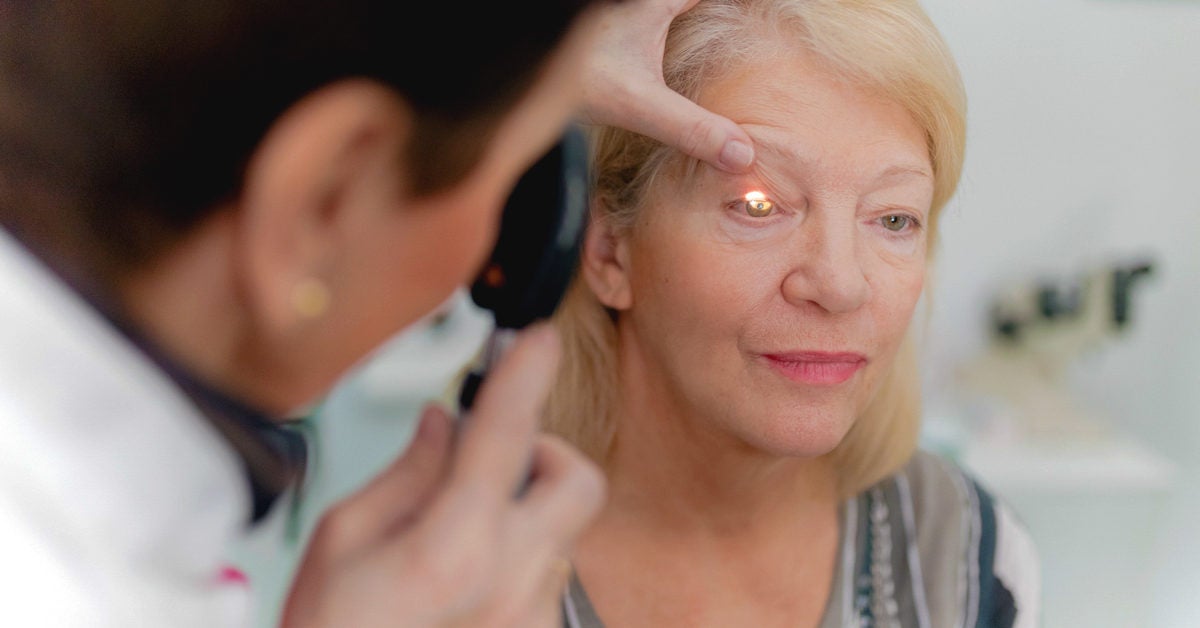
A procedure known as pupil dilation is performed during an eye exam to increase the size of the pupils, allowing the eye doctor to measure pupil size and inspect the optic nerve and retina in greater detail. Prevention and treatment of vision-threatening eye illnesses depend on the examination results.
Pupil dilation is a condition that occurs when the aperture in the middle of your iris widens to allow more light to enter your eye. In normal circumstances, pupils can dilate to allow more light to enter or respond to various stimuli (called pupillary light reflex). During an evaluation of pupillary reaction and pupillary size measurement, it is usual for doctors to provide eye drops to patients to dilate their pupils. The eye is one of the most visually appealing portions of the body because it allows doctors to see a piece of the human central nervous system known as the optic nerve, one of its most attractive aspects. In addition to a thorough eye exam, a comprehensive evaluation of the optic nerve is performed.”
A dilated and undilated exam can provide valuable information about the pupillary response in traumatic brain injury to an eye doctor. Let’s start with the part of the exam that hasn’t been dilated yet.
The Undilated Eye Exam
As part of a comprehensive pupil evaluation, your eyes need to remain undilated to do vision tests and, possibly, eyeglass prescription measurements.
Eye specialists will also undertake pre-dilation checks of your pupils to ensure that they are healthy. This can assist in determining whether or not the visual pathways in each eye are functioning correctly.
During a procedure known as gonioscopy, the doctor can also see the drainage angle of your eye using a special mirrored lens that is placed over your pupil. The “angle” refers to the angle formed by the colored iris and the clear cornea at the front of your eye, which is the most visible part of your eye. When the angle is wide open, the drainage system of your eye can be seen in its entirety. In other cases, when the angle is small, just the drainage angle is visible; when the angle is extremely small, the entire structure is completely concealed.
During your glaucoma exam, it’s critical to assess your peripheral (or “side”) vision. You should avoid having your eyes dilated during this examination if possible…
Even when your eyes are not dilated, an inspection of the iris is vital to check for other front-facing eye elements, such as the pupil.
The Dilated Eye Exam
It is possible to see only a small section of the retina without pupil dilation. Small pupils allow an eye doctor to get a partial view of the optic nerve and macula when doing an examination. It will be possible to see the entire retinal image if the pupil is dilated somewhat. This is possible with the use of eye drops.
How long does it take for the eyes to dilate before they are fully opened?
Pupils attain their maximum dilatation condition between 15 and 30 minutes after the drops have been administered for most patients.
What is the average duration of dilation of the eyes?
After 4-6 hours of dilatation during an eye examination, pupils shrink back to their natural size. Some persons may have eye dilation that lasts for a more extended time than others.
How does it feel to have dilated eyes?
As a result of having your pupils dilated, the pupil reactivity to light will be higher. so remember to bring your sunglasses, or your ophthalmologist may provide you with some temporary shades to wear while your pupils are expanded. If you’re trying to read, you could find that your eyesight is a little hazy. Certain patients may have “tighter” or “different” sensations in their eyelids. Bring a buddy or companion to drive you home if this is your first time having your eyes dilated or if you know your vision will be impaired due to the dilation. Because eye drops that may reverse the dilation were formerly available but are no longer accessible, you will have to wait 4-6 hours until the drops have completely worn off before you can resume your normal activities.
What medical disorders are diagnosed by the use of dilated eye examinations?
- Glaucoma: An undilated pupil can observe the optic nerve for optimal viewing. However, this is not the case in this instance. It is possible to develop glaucoma while suffering from another condition that affects the optic nerve.
- Macular degeneration: Examining the retina with a dilated pupil can detect and monitor two prevalent retinal diseases: diabetic retinopathy (also known as diabetic macular degeneration) and age-related macular degeneration (also known as AMD).
- Other conditions: The dilatation of the pupils is required for many other conditions besides macular degeneration and glaucoma, such as the identification of a retinal tear or detachment or the detection of an eye tumor.






More Stories
Advantages and Disadvantages of Point-of-Service Health Plans
Dynamic Polarity
Why Sugar Hacked Science (And Your Health!)